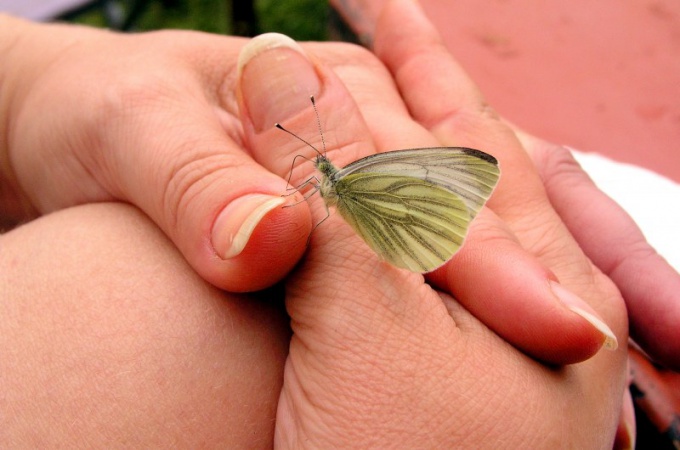Instruction
1
Simple warts represent dense bundles of pale, yellowish or gray color, size from 2-3 to 6-7 mm. Their surface is uneven and rough. Usually they are not inflamed and do not cause any pain. The most characteristic places of their localization – hands, face, head, lips, and dorsum of the feet. They can be on the skin for several years, but also can suddenly disappear.
2
Flat (youthful) warts are usually smooth, often rounded, slightly larger than ordinary warts. They can appear at once and in large quantity. They can be found on the back side of the fingers and hands, as well as on the forehead or chin. In color, they may not stand out on the skin and can be yellowish-brown. This type of wart is also painless and "live" on the skin for a long time, it can quickly disappear without a trace.
3
Plantar warts form on the foot and toes, in places that experience the most pressure when walking. They can resemble the yellowish corn, but unlike the latter have a more loose structure. In the center of this wart can microsites, creating the form of something like a drop-down Bud. If you scrape it, exposing bleeding rods. Plantar wart does not happen a lot, often it can be one, but walking on it is difficult because touching this spot causes pain.
4
Filiform warts are narrow and elongated in form. They occur most often on the neck and face, and armpits. These warts appear in people in older age and are not treated.
5
Another kind of warts – genital warts – are rare, they are sexually transmitted and treated them, accordingly, gynecologists, urologists and venereologists. They look like little soft bubbles of different shades of pink. When they grow up, the basis can take the form of thin legs.
Note
The warts are not encouraged to self-cut, burn, etc. It should only be done by doctors, and carried out pre-clinical and histological study.
